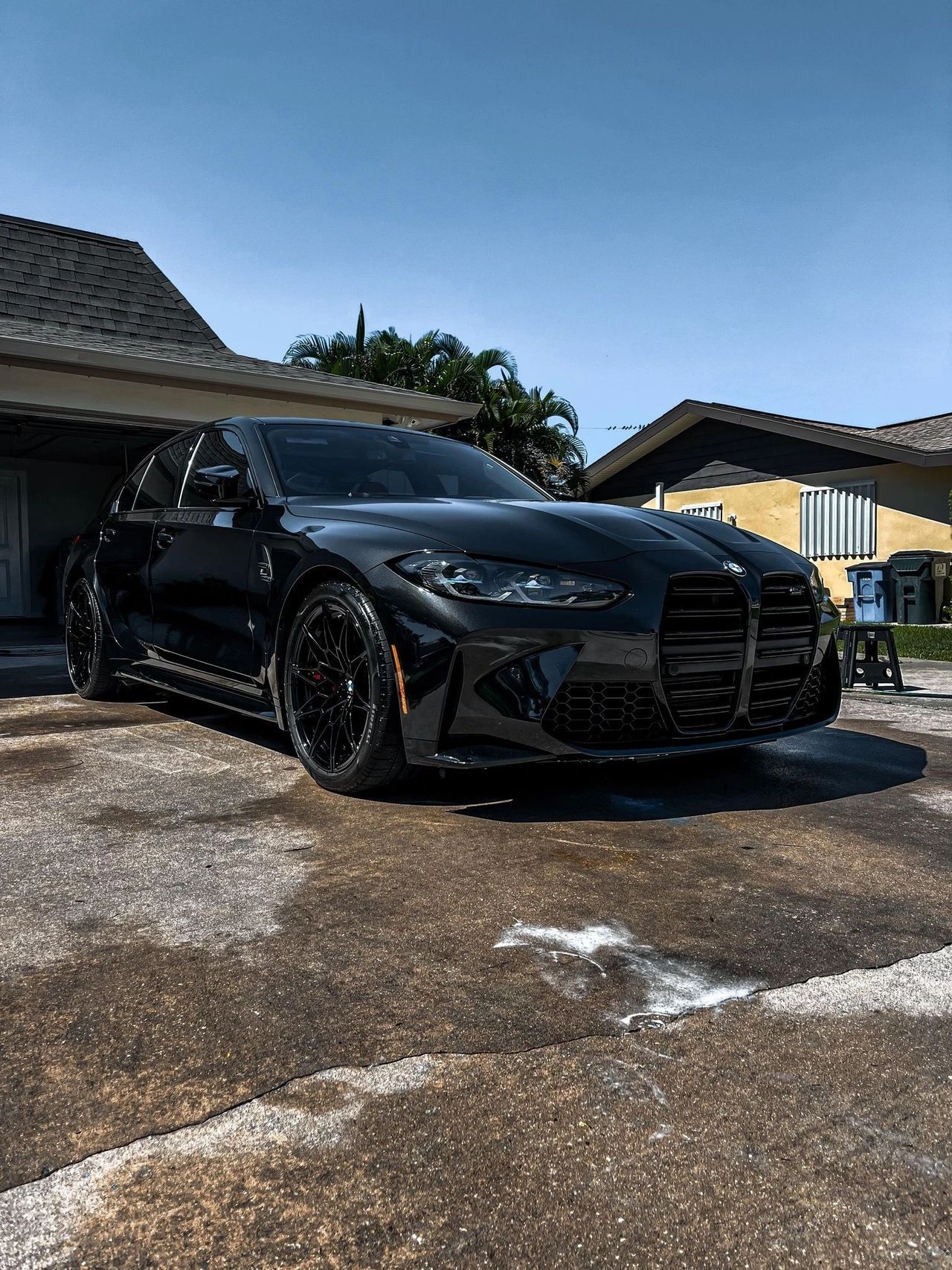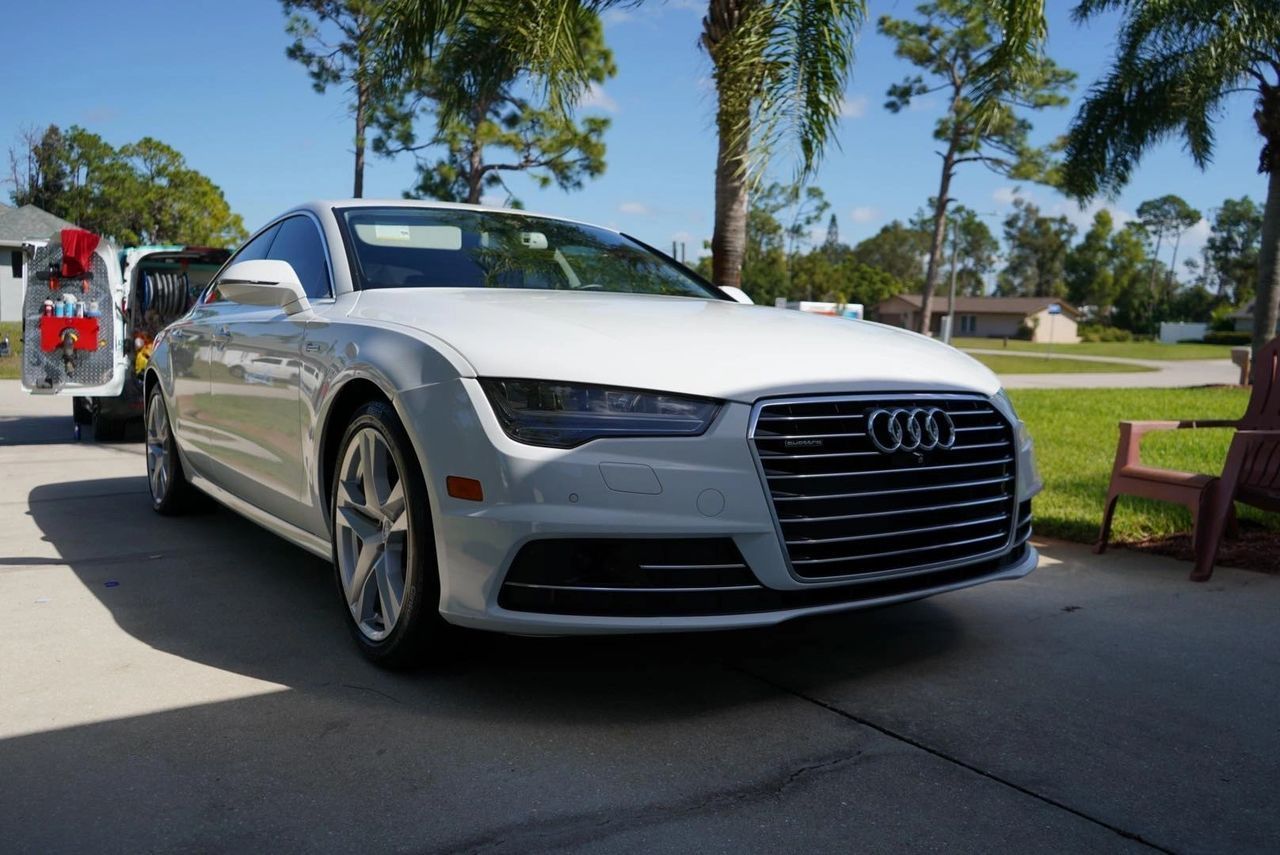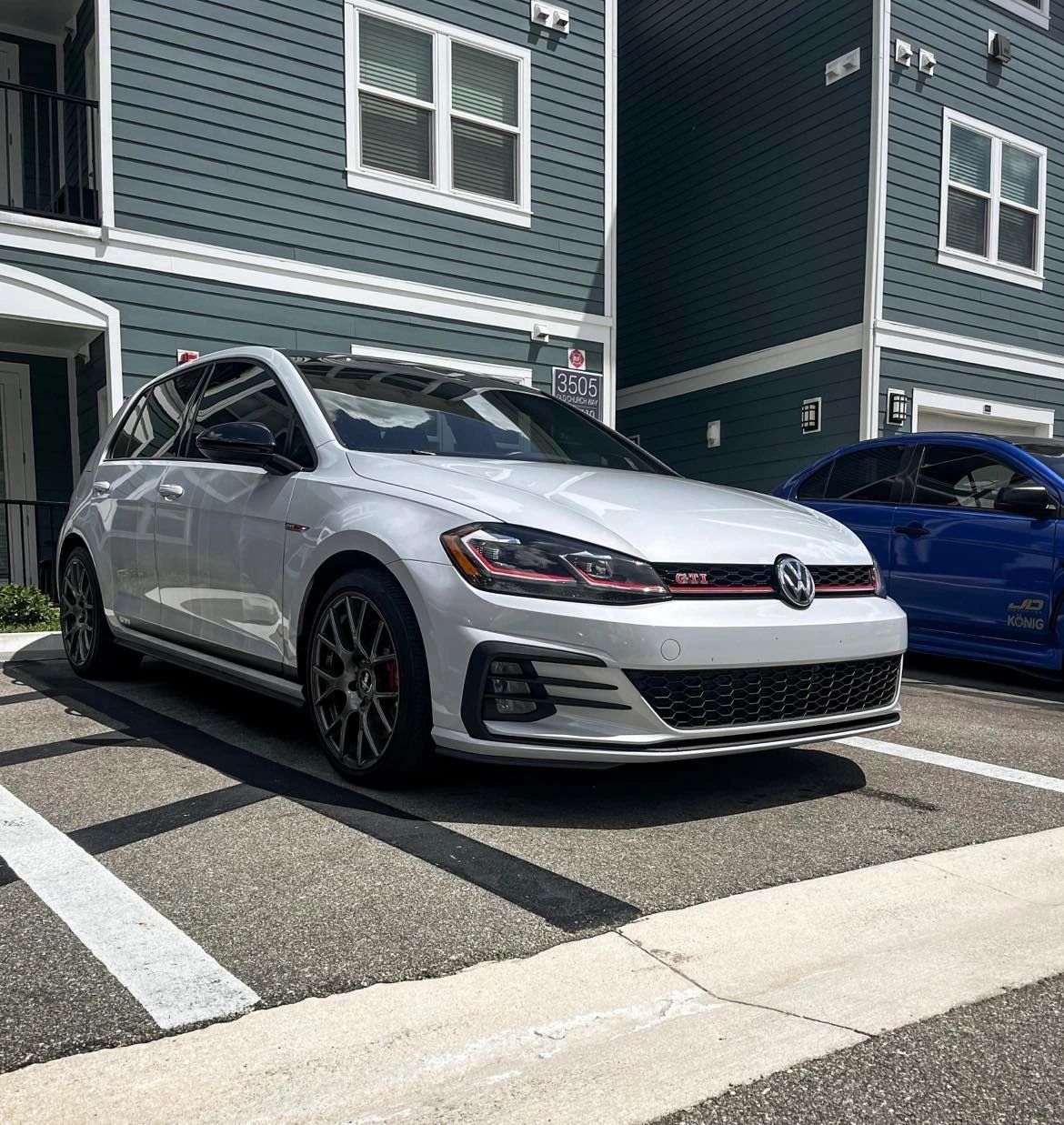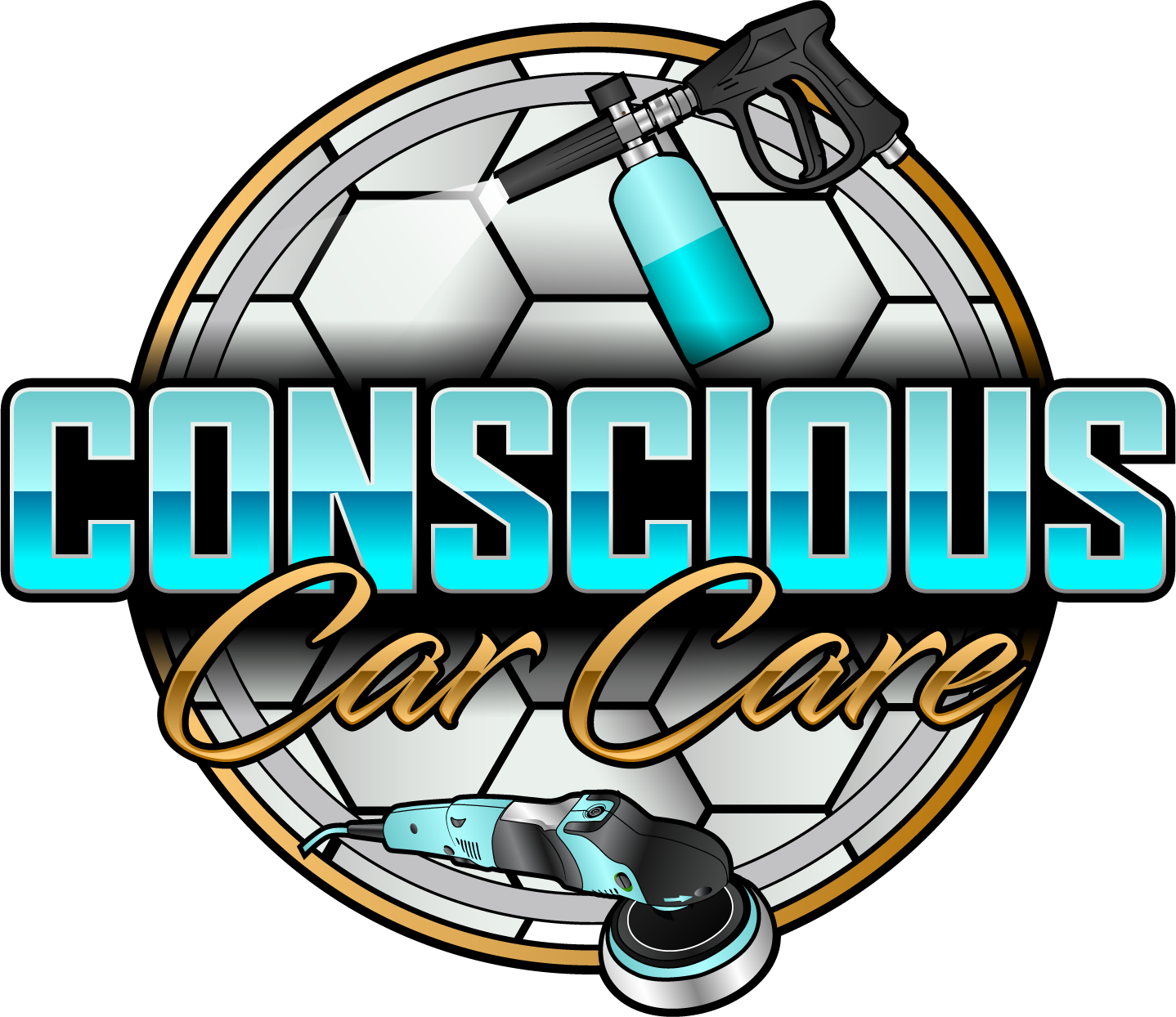Washing your vehicle with unfiltered hose water might not be ideal for several reasons:
- Hard Water Minerals: Unfiltered hose water often contains minerals like calcium and magnesium, which can leave water spots on your vehicle's surface. These spots can be difficult to remove and may damage the paint over time.
- Sediments and Debris: Hose water can carry sediments and debris that can scratch your vehicle's paint or create swirl marks during the washing process. These imperfections can diminish the appearance of your car's finish.
- Chlorine Content: Some tap water sources are treated with chlorine, which can be harsh on your vehicle's paint and trim. Chlorine can strip away wax and protective coatings, leaving your car vulnerable to environmental elements.
- Lack of Pressure and Regulation: Hose water pressure might not be sufficient for effective cleaning, leading to incomplete removal of dirt and grime. Additionally, without proper regulation, the water pressure might be too strong, potentially causing damage to the paint or delicate parts of your vehicle.
- Potential Contaminants: Hose water sources might be contaminated with chemicals, pollutants, or bacteria, which can harm your vehicle's finish and pose health risks.
To mitigate these issues, it's recommended to use filtered water or a specially designed car wash solution mixed with clean water. Filtered water removes impurities and ensures a more thorough and safer cleaning process. Alternatively, using a self-contained car wash system with a built-in water filter can provide a controlled and filtered water supply for washing your vehicle, resulting in a cleaner and shinier finish without the risks associated with unfiltered hose water. There are also cheap filters on amazon to help with this!




